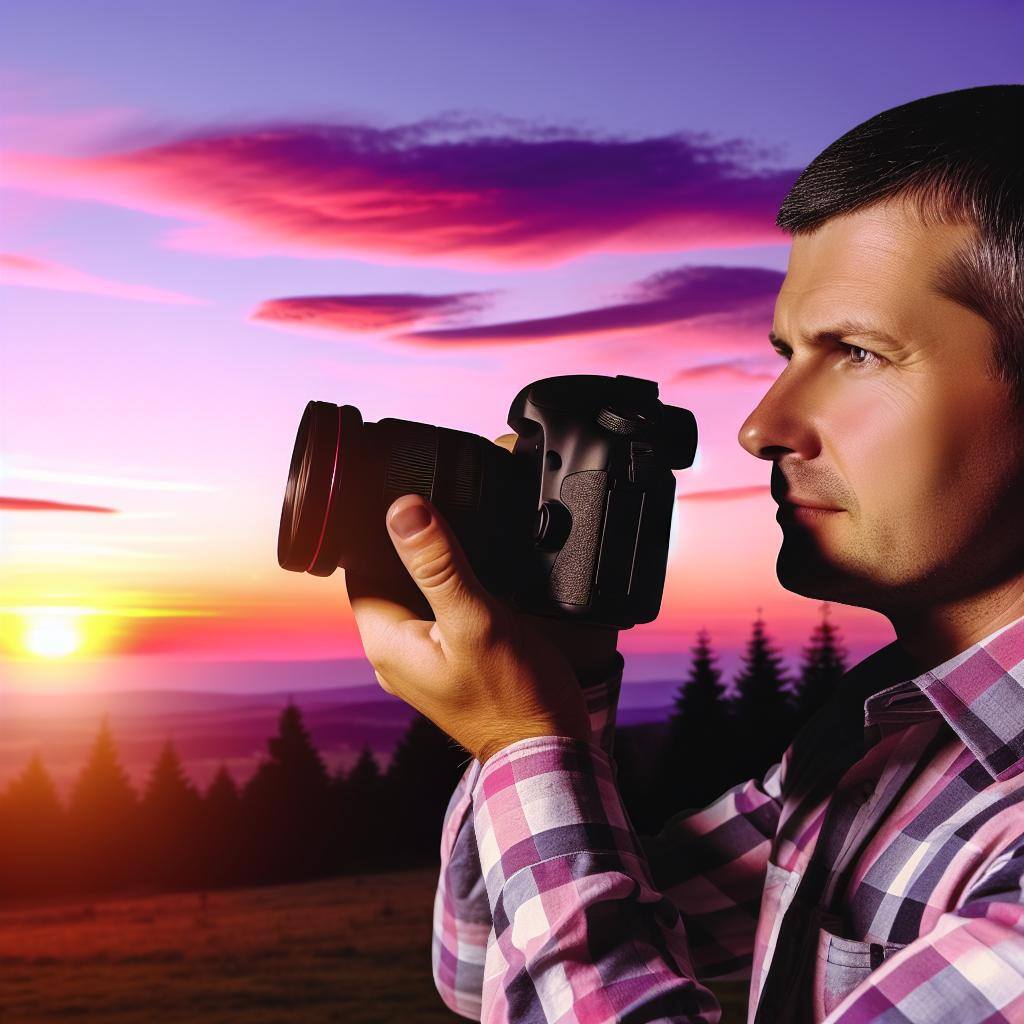Understanding Your Camera's Capabilities
To capture stunning images, the first step is to understand the features and limitations of your camera. Whether you're using a DSLR, a mirrorless model, or a simple smartphone camera, knowing how to adjust settings like ISO, aperture, and shutter speed can drastically improve your photographs. Learn the ins and outs of your camera's menu, the functionality of different buttons and dials, and how to select the appropriate lens for your subject matter.
Furthermore, it's essential to understand the sensor size and resolution, which can impact the quality and detail of your photos. By grasping these fundamental aspects, you'll be better equipped to harness your camera's full potential and adapt to various shooting conditions.
Mastering Composition for Impactful Images
Composition is the heart of photography, guiding the viewer's eye and conveying the story you want to tell. To master composition, familiarize yourself with the rule of thirds, leading lines, framing, and the importance of perspective. By thoughtfully arranging elements within the frame, you can create balanced, engaging images that resonate with viewers.
Practice makes perfect when it comes to composition. Try experimenting with different viewpoints, from high angles to ground level, and observe how these changes affect the emotion and impact of your photographs. Always be mindful of the background and use it to complement your subject, not distract from it.
Exploring Lighting Techniques for Every Situation
Lighting can make or break a photograph, and understanding how to work with natural and artificial light sources is crucial. When shooting outdoors, the golden hour—shortly after sunrise or before sunset—provides soft, diffused light that can enhance the warmth and texture of your shots. Conversely, harsh midday light can lead to strong shadows and high contrast.
In situations where natural light is insufficient or undesirable, artificial lighting like flashguns or continuous lights can be used to illuminate your subject. Learn how to control the direction and quality of light to avoid unwanted shadows and highlights, and experiment with light modifiers to achieve the desired effect.
Experimenting with Different Shooting Modes
Modern cameras offer a variety of shooting modes, from full manual to fully automatic, including semi-automatic modes like aperture priority and shutter priority. Each mode provides a different level of control over the final image. Experimenting with these modes can help you better understand how changes in settings affect your photos.
For example, using aperture priority mode allows you to control the depth of field by adjusting the aperture, while the camera selects the appropriate shutter speed. Shutter priority mode, on the other hand, lets you freeze fast action or create motion blur by setting the shutter speed, with the camera choosing the aperture. Manual mode grants complete creative control, enabling you to make all the exposure decisions.
Editing Your Photos for a Professional Finish
Post-processing is a powerful tool that can transform a good photo into a great one. Familiarize yourself with photo editing software like Adobe Lightroom or Photoshop, and learn the basics of adjusting exposure, contrast, color balance, and sharpness. Cropping can also play a significant role in improving the composition of a shot post-capture.
Remember that editing should enhance, not overshadow the original image. Strive for subtlety and maintain the natural look of your photographs. As you develop your editing skills, you'll discover your style and preferences, which will help you stand out as a photographer.



.jpg)






.jpg)



0 Comments